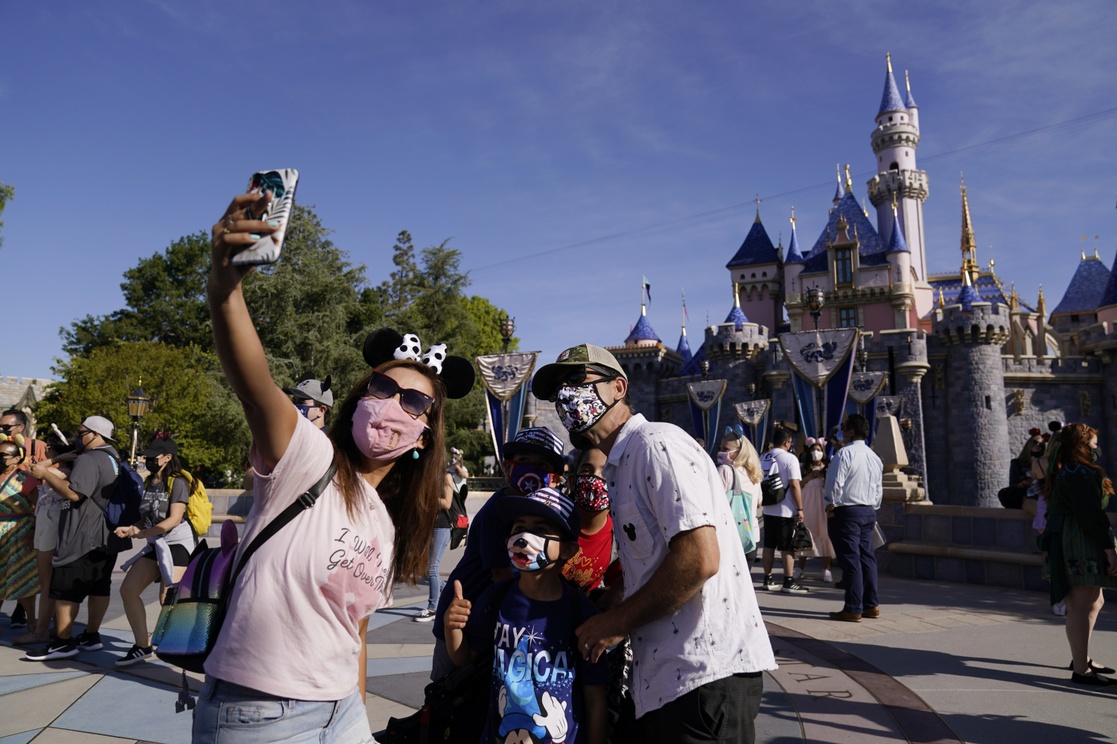5 challenges still facing Disneyland and other theme parks

Now that capacity restrictions have gone away across the country, what are the next great challenges facing the theme park industry as it looks to recover from the COVID-19 pandemic?
Staffing: Theme parks are not alone in scrambling to hire workers. Unprecedented demand for labor as businesses reopen has given workers leverage to hold out for higher pay and better working conditions. Ohio’s Cedar Point raised its starting pay to $20 an hour in response, leading pay increases across the industry. But many rides and shows remain closed as U.S. parks cannot rehire workers fast enough to meet customer demand.
International travel: Disneyland might be open now, but many international visitors cannot get there because of continuing restrictions on international travel. International visitors are the most lucrative for theme parks, especially in the big Orlando market, where Walt Disney World and Universal Orlando are missing big-spending South American and European visitors. Closed borders also contribute to the staffing problem, cutting the flow of international workers that many parks have hired in the past.
Lack of new attractions: There has always been a divide between Disney and Universal and everyone else in the theme park business. The pandemic is making that worse, as a year without income has forced regional parks to cancel plans to add new attractions. Many of those parks this year are opening the rides they had planned to debut in 2020, but after that, the cupboard is bare.
New rides and shows drive attendance in this business. Over the next few years, Universal will have Super Nintendo World in Hollywood and Epic Universe in Orlando, while Disney will offer Mickey & Minnie’s Runaway Railway in Anaheim and a bunch of new attractions at Epcot in Orlando. How will everyone else compete?
Pricing: Keeping with the “rich get richer” theme, the pandemic allowed Disneyland to end its annual pass program, which might become the best business move that the Disney parks have made in a generation. Annual and seasonal pass programs give away the gate in hope of making that up with higher food, beverage and merchandise sales. But per capita spending by passholders almost never matches that by visitors on regular tickets. If passholders crowd the park to the point that higher spending guests no longer enjoy their visits, the security of steady income from passholders can cost parks the opportunity for the higher income they will need to recover from the pandemic.
Inclusion: COVID-19 disrupted everything. No business should assume that hospitality standards customers accepted before the pandemic will be adequate in the future. This includes not only capacity and queue design, but also how parks interact with increasingly diverse audiences. Disneyland is redesigning its Jungle Cruise to remove racist stereotypes but has yet to move on its announced plans to replace the minstrelsy of Splash Mountain with new theming based on “The Princess and the Frog.”
Theme parks can provide a symbol of our national recovery from COVID-19, but only if they can continue to make their guests feel safe and welcomed.

